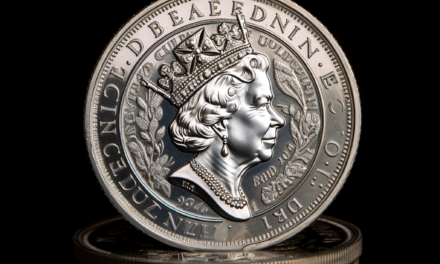Our Junior SIPP tax relief calculator is designed to help you easily calculate the tax relief you’ll receive on your contributions, as well as the total contribution amount, including tax relief.
How to Use the Junior SIPP Calculator:
- Enter your desired contribution amount in the “Junior SIPP Contribution Amount” box. Please note that the maximum contribution amount you can enter is £2,880 per tax year. If you enter an amount exceeding this limit, an error message will appear.
- Once you’ve entered your contribution amount, the calculator will automatically display the tax relief you’ll receive on your contribution in the “Tax Relief” box. The tax relief is calculated at a rate of 20% on your gross contribution, up to a maximum of £720 per tax year.
- The calculator will also show the total contribution amount, including tax relief, in the “Total Contribution (Including Tax Relief)” box. This amount is calculated by adding your original contribution and the tax relief together, up to a maximum of £3,600 per tax year.
Understanding the Limits and Tax Relief:
Junior SIPPs have an annual net contribution limit of £2,880.
The government adds a 20% top-up to your gross contributions in the form of tax relief, which means that for every £80 you contribute, the government will add an additional £20.
You might think “20% of £80 is only £16”, however, the 20% is calculated on the gross contribution, which would be £100 in this example.
The maximum tax relief you can receive in a tax year is £720, making the maximum gross contribution £3,600 per tax year.
The tax relief is designed to help boost your savings for your child’s future and ensure that they have a good start when it comes to retirement planning.
Feel free to use our Junior SIPP tax relief calculator to explore different contribution scenarios and understand the tax relief benefits you’ll receive on your contributions.
Always remember to consider the annual contribution limits and the tax relief rate when planning your Junior SIPP investments.
What to Keep in Mind
When adding money to a Junior SIPP, whether it’s for your own child or someone else’s, there are several important factors to consider.
These can help ensure that the contributions are appropriate and maximise the potential benefits for the child’s future. Here’s a list of things to look out for:
- Contribution Limits: Remember that there is an annual contribution limit of £2,880 per child for a Junior SIPP. The government adds a 20% tax relief, making the maximum gross contribution £3,600 per tax year. Be cautious not to exceed this limit.
- Affordability: Assess your financial situation and ensure you can afford the contributions you plan to make without negatively impacting your own financial stability.
- Investment Choices: Junior SIPPs offer a wide range of investment options, including stocks, bonds, funds, and more. Consider the child’s risk tolerance, investment horizon, and financial goals when selecting investments. Diversification is essential to minimise risk and optimise potential returns.
- Charges and Fees: Different Junior SIPP providers may have varying fees and charges, such as annual management fees, trading costs, and transfer fees. Be aware of these expenses and compare providers to find the most cost-effective option.
- Flexibility: Look for a Junior SIPP provider that offers flexibility in terms of contributions (regular or ad-hoc), investment options, and the ability to transfer the SIPP to another provider if needed.
- Provider Reputation: Choose a reputable provider with a solid track record, positive customer reviews, and a commitment to transparency and communication.
- Long-term Commitment: Keep in mind that a Junior SIPP is a long-term investment aimed at providing the child with a pension pot when they retire. Ensure you’re comfortable with committing to a long-term investment plan.
- Legal Guardian’s Consent: If you’re contributing to someone else’s child’s Junior SIPP, make sure to obtain consent from the child’s legal guardian(s) before making any contributions.
By paying attention to these factors, you can make informed decisions when adding money to a Junior SIPP, ensuring a positive impact on the child’s future financial stability.

